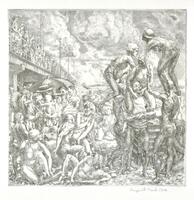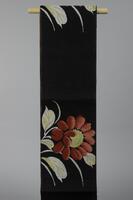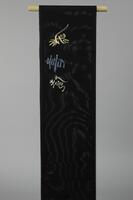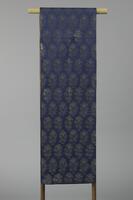19 UMMA Objects
19 UMMA Objects

Japanese (Japanese (culture or style))
Lined Kimono
20th century
Gift of Howard and Patricia Yamaguchi
2013/2.487.2

Japanese (Japanese (culture or style))
Obi
20th century
Gift of Howard and Patricia Yamaguchi
2013/2.371
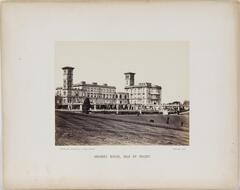
British;Meatyard
Osborne House, Isle of Wight
1860 – 1870
Gift of Mr. and Mrs. W. Howard Bond
1987/1.330

19th century
Museum purchase made possible by the Margaret Watson Parker Art Collection Fund
1965/1.178
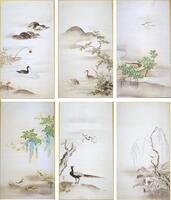
19th century
Museum purchase made possible by the Margaret Watson Parker Art Collection Fund
1965/1.179
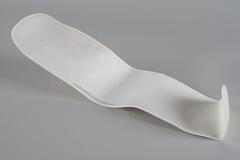
Japanese (Japanese (culture or style))
Various undergarments - long white padding
Gift of Howard and Patricia Yamaguchi
2013/2.524.7

Sesshū Tōyō
Summer Landscape (pair with Winter Landscape, 1970/2.151)
1467 – 1532
Museum purchase made possible by the Margaret Watson Parker Art Collection Fund
1970/2.150
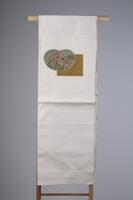
Japanese (Japanese (culture or style))
Silvery white hitoe obi for summer with appliquéd patches of Saga brocade with rhododendrum blossom (shakunage) design
1960 – 1970
Gift of Howard and Patricia Yamaguchi
2005/1.338
Loading…
